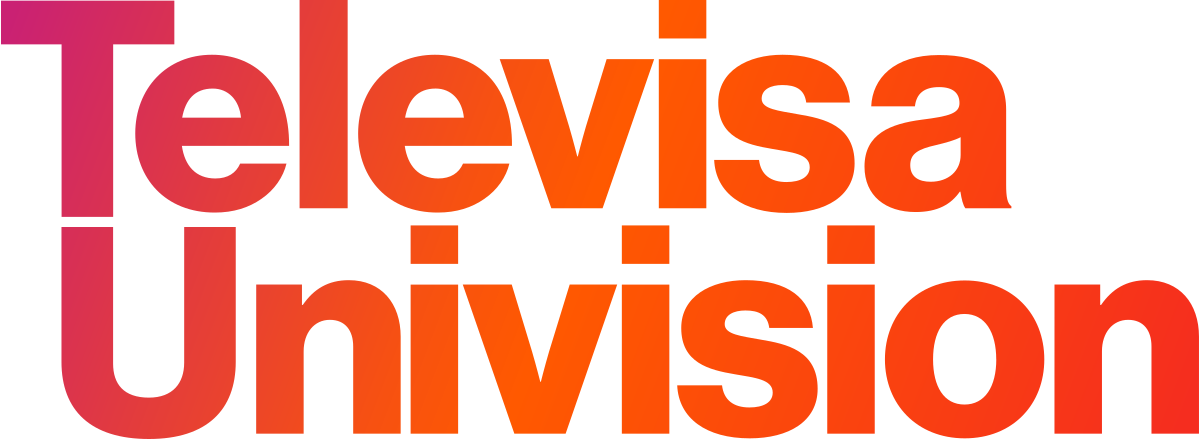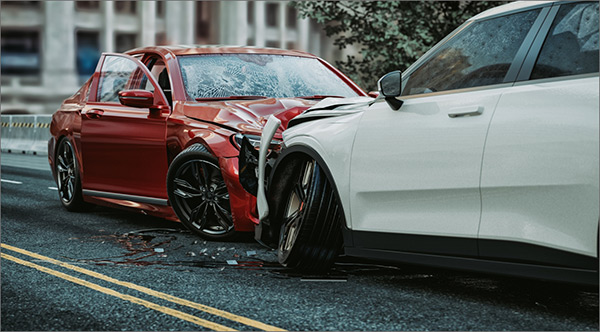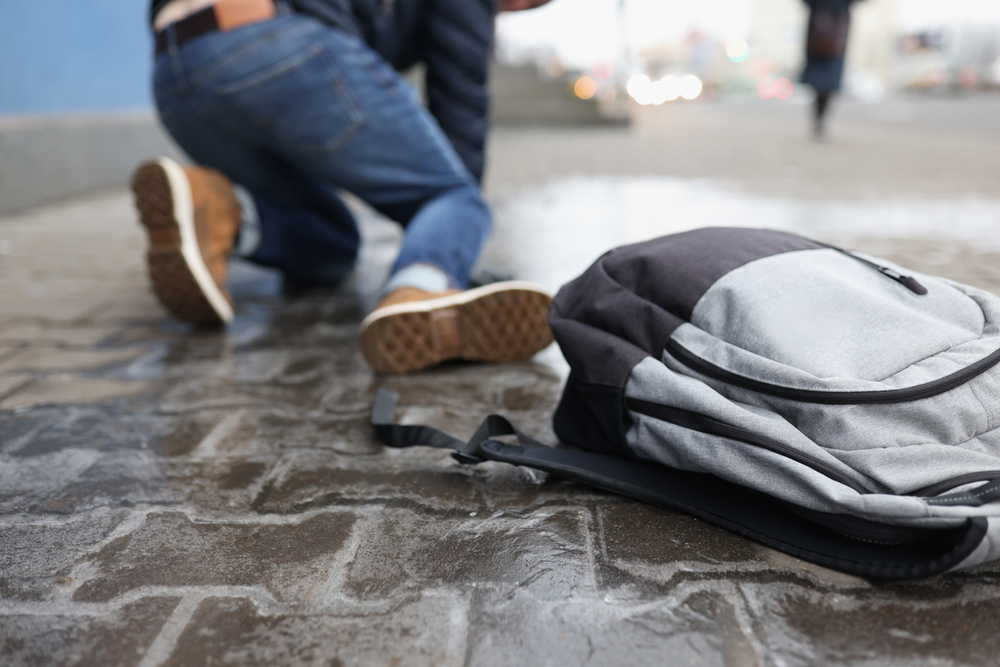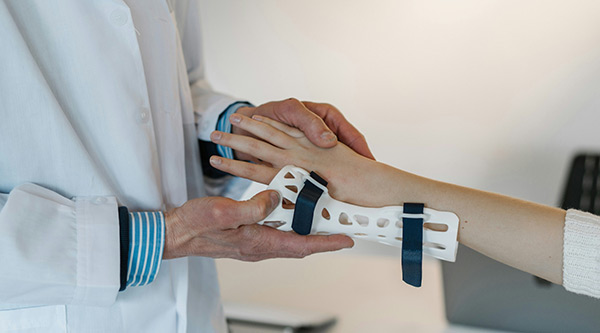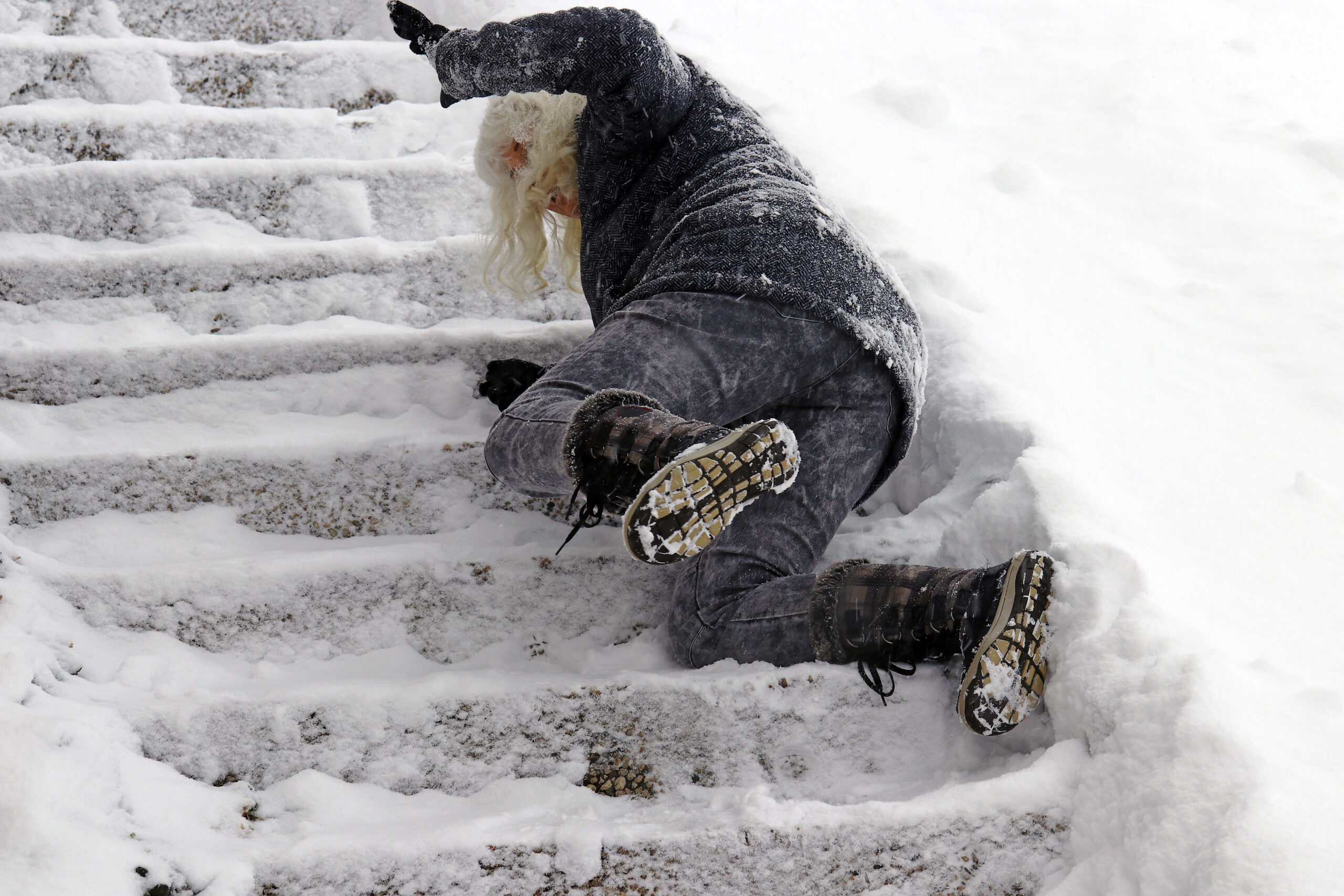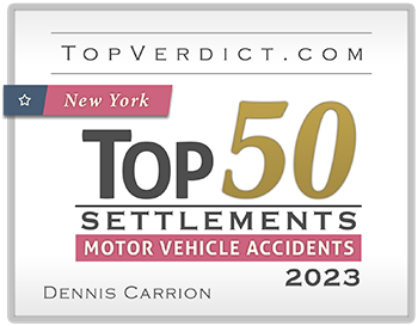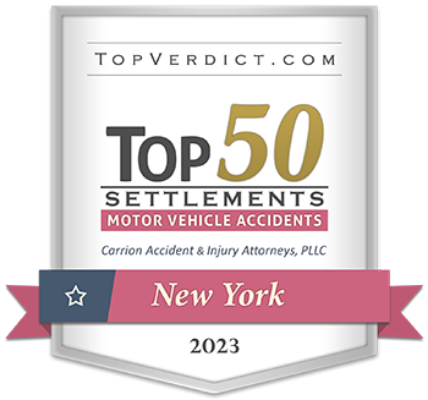We Only Get Paid When You Win
Accidents can happen to anyone. You should not be made to suffer because of the negligence of another person or company. Unfortunately, this often means that in order to be compensated (alongside healing), there is the added responsibility of dealing with insurance companies and the lawyers representing the person or company responsible for your injury. On top of that, this is often a brand new experience for the person who has been injured. It can be scary, time consuming, and you may be second-guessing whether you will get all of the compensation that you are entitled to.
The other side will have a team representing their interests – it is important that you have someone fighting on your behalf. Our attorneys have helped hundreds of clients hold individuals and companies who hurt them responsible. As soon as you call us, we will begin the hard work necessary to get you the money you deserve. We will handle all of the communication, negotiating, and the trial, if necessary. Your job is to focus on healing; our job is to battle the insurance companies.
As Seen In
We Only Get Paid When You Win
Accidents can happen to anyone. You should not be made to suffer because of the negligence of another person or company. Unfortunately, this often means that in order to be compensated (alongside healing), there is the added responsibility of dealing with insurance companies and the lawyers representing the person or company responsible for your injury. On top of that, this is often a brand new experience for the person who has been injured. It can be scary, time consuming, and you may be second-guessing whether you will get all of the compensation that you are entitled to.
The other side will have a team representing their interests – it is important that you have someone fighting on your behalf. Our attorneys have helped hundreds of clients hold individuals and companies who hurt them responsible. As soon as you call us, we will begin the hard work necessary to get you the money you deserve. We will handle all of the communication, negotiating, and the trial, if necessary. Your job is to focus on healing; our job is to battle the insurance companies.
Our Results
All results shown were handled by attorneys of the firm and/or of counsel attorneys, and include results during times of attorney association with other firms.
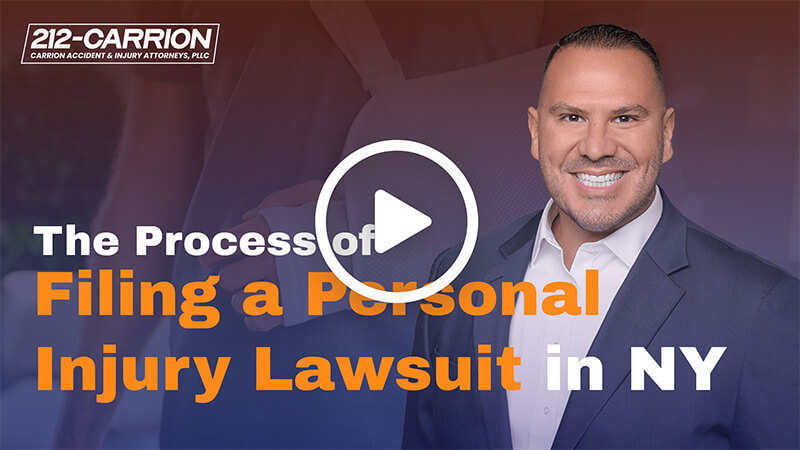
Filing a Lawsuit for an Injury in New York City
In many cases, a lawsuit is going to be the way that you ultimately claim damages. Insurance companies rarely agree to pay for your damages in full unless there is a settlement or verdict that forces them to do so. Settlements happen in the vast majority of cases, but usually only under the threat of going to trial. In order to file a personal injury lawsuit in New York, there are some requirements that have to be met as outlined in the FAQ section below.
Meet Your Experienced Legal Team
At Carrion Accident & Injury Attorneys, our experienced legal team is dedicated to providing exceptional representation for clients facing the aftermath of accidents and injuries. With a deep understanding of personal injury law and a commitment to justice, our attorneys bring years of expertise to every case. We pride ourselves on our client-focused approach, ensuring personalized attention and aggressive advocacy to secure the best possible outcomes. Whether negotiating settlements or litigating in court, our team stands by your side, fighting tirelessly to protect your rights and achieve the compensation you deserve.
Our Attorneys
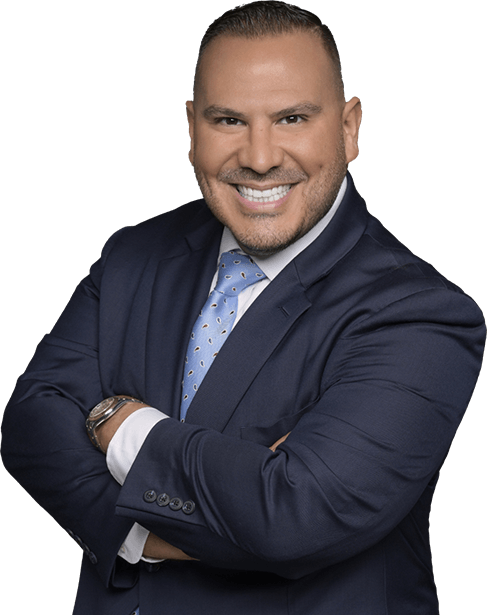
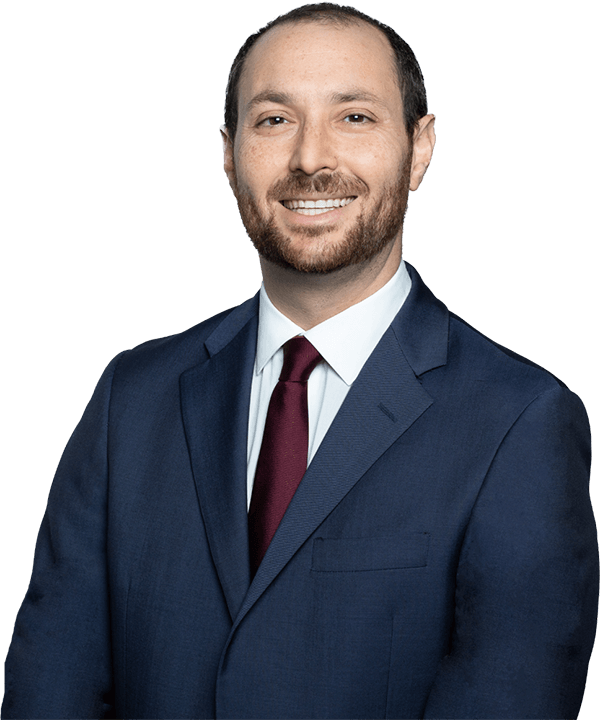
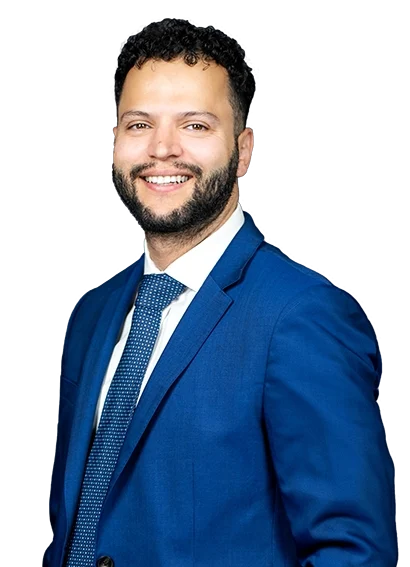
Our Staff

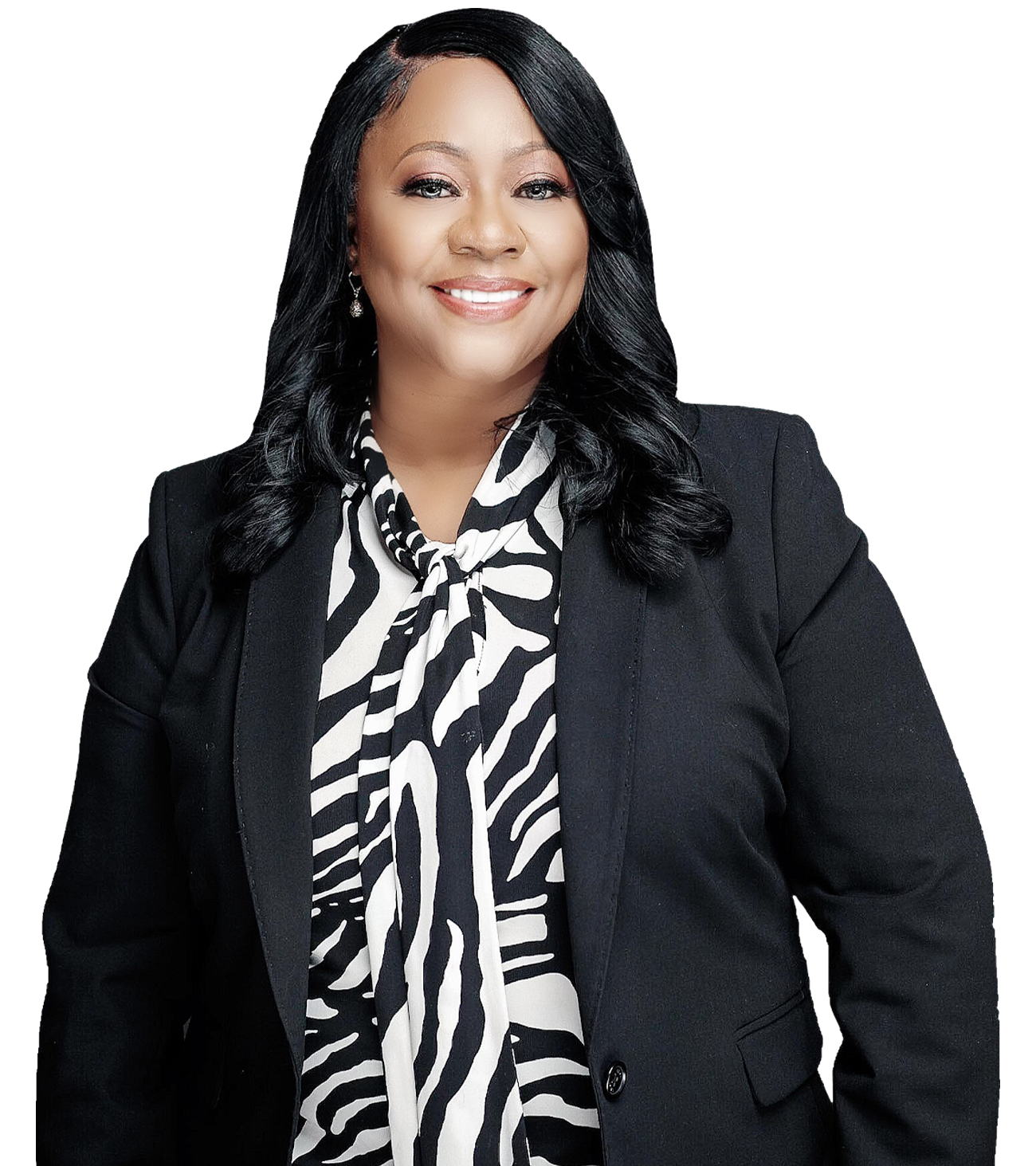


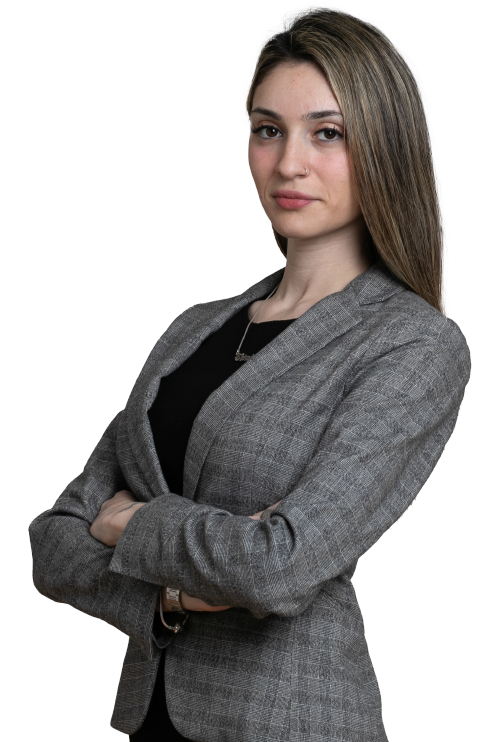
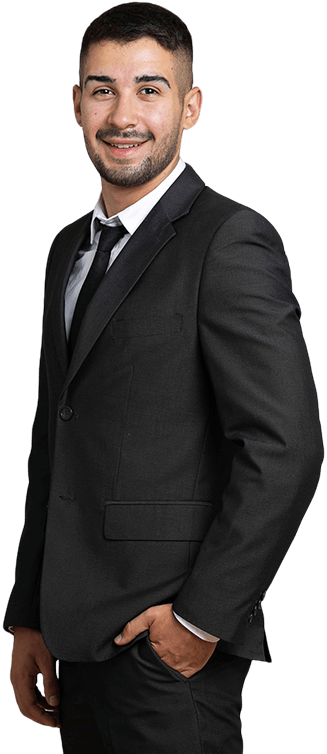

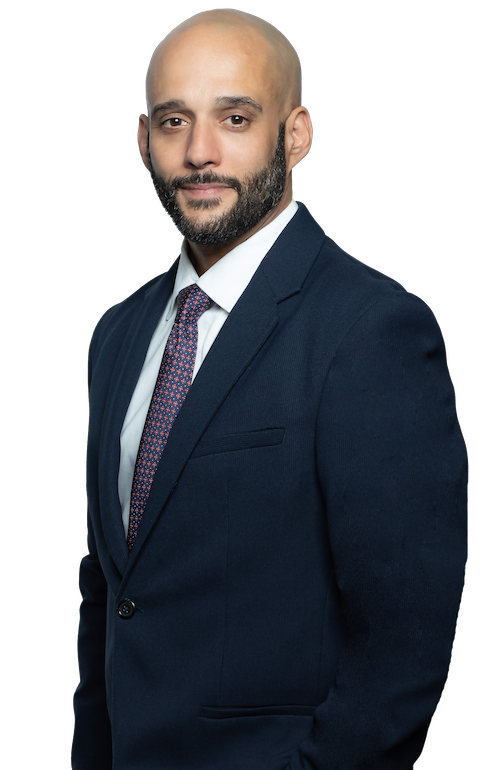

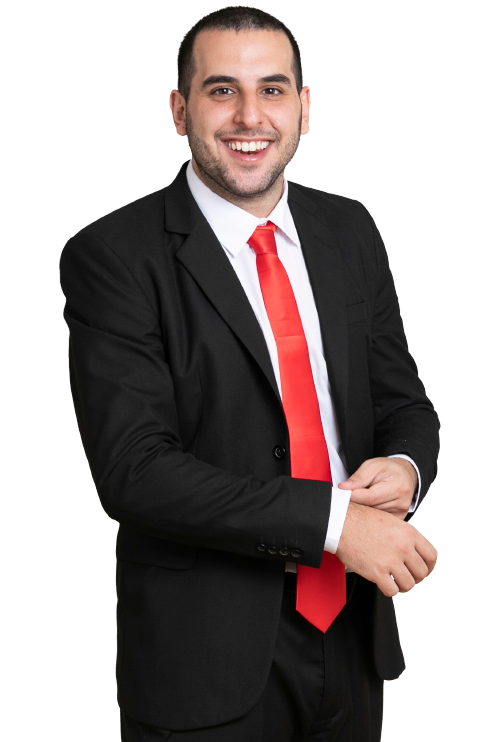
Our Areas of Practice
Our attorneys have successfully represented clients in a variety of types of accidents and injuries. Our Firm has a well-deserved reputation as staunch and trusted advocates committed to achieving outstanding results. We use our deep knowledge of personal injury law and impressive advocacy skills to hold negligent parties responsible for their actions. If you have been injured, click to read more about how we can help you.
Awards & Recognitions
Client Testimonials
Elements of a Personal Injury Lawsuit in New York
- A legal duty the defendant owed you and;
- a breach of that duty, and the breach must have;
- actually caused you damages that the court can compensate.
For example, if a driver crashed into you after breaching their obligation to stop at a red light, that would be the violation that caused your injuries. Similarly, we could sue if a store owner failed to warn about slippery floors, causing you to slip and get hurt.
These elements can be adapted to most “negligence” cases in which the injury was the result of an accident. Our personal injury lawyers can, however, also help you sue if you were intentionally injured, such as in cases of assault.
Restrictions on Filing a Personal Injury Lawsuit in New York
In car accidents, New York uses a “no-fault” system that requires everyone to use their own insurance to cover their damages for injuries after a crash (though property damage is covered by the at-fault party). Individuals who meet the legal definition of a ‘serious injury’ under New York Insurance Law § 5102(d) may step outside the no-fault system and file a lawsuit against the driver who was at-fault. We can investigate your case and consult with medical experts to see if you meet the standards to sue. This “serious injury threshold” is often met, given that any permanent injuries and any broken bones should qualify you, as should any injury that will take you away from your normal daily activities for 90 of the following 180 days.
Work injuries have additional complications, given that Workers’ Compensation laws often prevent lawsuits against an employer for general accidents and injuries. Despite this, you can still sue your employer if they committed certain safety violations that led to your injuries. Your employer might not be at fault, though, and there is no restriction on your ability to sue some other liable party for causing your injuries, such as the manufacturer of defective safety gear or a driver who hit you while you were on the road as part of your job duties.
The Burden of Proof in a New York Personal Injury Case
Injury cases use a “preponderance of the evidence” standard, which equates to a jury being something similar to 51% sure of their decision. This standard means they need to be “more likely than not” that your claim is true.
We can meet this burden of proof by producing evidence and calling witnesses.
Evidence Used in a Personal Injury Case in New York
Eyewitness Testimony
Hearing the story from the people who saw the accident is often the most compelling evidence. Eyewitnesses can be called to the stand or called in for depositions to tell their side of the story and explain what they saw, what they heard, and what ultimately happened in your case. While witnesses cannot usually give their opinion on who was at fault, the jury can come to the conclusion on their own after hearing what the witnesses have to say.
Keep in mind that your own testimony is going to be one of the biggest pieces of evidence in your case. You can explain what you felt, what you experienced, what was done to you, and how it affected you after the accident. In fact, your testimony is one of the main pieces of evidence we need to rely on when proving how serious your pain and suffering/emotional distress was after the accident. In some cases, you and the defendant might be the only actual eyewitnesses, and it is up to the rest of the evidence to corroborate your story and make it more believable.
Documentary Evidence
Records, paperwork, filings, and other documentation of the accident, the damages, and the results of the accident are going to make up the rest of the majority of the evidence in your case. “Documentary evidence” refers to any papers or items that document or record what happened. Truly, almost any evidence we will discuss will ultimately be “documentary evidence,” but we will discuss things like photos, videos, and some other documentary evidence separately.
In a car crash, documentary evidence can include descriptions of the vehicle damage, appraisal results highlighting how much the damage costs, and diagrams from a police report. In a slip and fall, documentary evidence might include logs detailing what workers were on duty at the time, incident reports, etc. In truck accident cases, you might have staff logs, driving logs, maintenance logs, etc.
Photos and Video
By the time your case gets to court, the actual scene of your accident or injury is likely cleaned up or repaired, your injuries are at least on the way to healing, and any physical items involved in the injury (cars, defective products, etc.) may have been disposed of or repaired. Taking photos and video of everything you can will help you preserve that evidence in photo form so that we can review it later and bring it into court to show the jury what you saw or experienced. Photos of vehicle damage, dangerous property hazards, broken/defective products, injuries, accident scenes, and more can all be excellent evidence in an injury case, as can stills from security cameras.
Video is often even better evidence than still photos. If the accident itself was recorded on a security camera, cell phone, dash cam, ATM camera, or other camera, we can show it to the jury so they can see for themselves how the accident occurred and decide who was at fault.
You do not have to be the one who took the photos or video to use them as evidence. We can request security footage from stores and homes near the accident scene and even subpoena any video evidence the opponent might have, preventing them from destroying it or hiding it if it is bad for them.
Medical Records
Medical records do a lot of heavy lifting in your injury case. They show when the accident happened and connect records of your treatment to the same time and date. They show how severe your injuries are and what your future recovery should look like. They also prove that you, in fact, suffered the injuries you say you did.
Bills and Financial Records
Bills, receipts, appraisals, pay stubs, and other financial records help show the economic harm you faced from the accident. Whether we are talking about medical bills, therapy bills, childcare expenses, or any other expenses the accident caused you, our personal injury lawyers can help you present these bills as proof of damages in your case. We can also use these records to show how much income you lost, and we can use records and bills to project future lost earnings and medical expenses as well.
Expert Witnesses
Sometimes people who did not see the accident or injury happen still have important technical or scientific information to contribute about the case, detailing how things might have happened, whether there was negligence, or how injuries will heal (or not) over time. Experts can be brought in to analyze facts and present the court with information, commonly as medical experts, materials scientists, manufacturing experts, accident reconstruction experts, and more. Unlike eyewitnesses, these experts can give opinions based on their training and experience that might be important to the outcome of your case, especially in medical malpractice claims and other claims that might, in fact, require expert witnesses.
What Damages Can You Claim in a Personal Injury Case in New York?
There are a few areas of damages that will be relevant to most cases, including your economic damages, non-economic damages, the costs of litigation, and potentially punitive damages.
Economic Damages
Depending on the specifics of your case, you might face additional damages for property damage, vehicle damage, childcare needs, home care needs, lost household services, loss of consortium from an injured spouse, and more.
All in all, our lawyers will help you calculate these damages, as there might be opportunities to claim interest on unpaid damages, as well as calculations that need to be done to adjust future damages to their present value.
Non-Economic Damages
There are multiple calculation methods we can use to factor in how serious your injury was, how much it interrupts your daily activities, and the other effects of the injury. In many cases, these damages can equal at least as much as the economic damages in your case – and in many serious injury cases, these damages can be the majority of the damages claimed in your case.
Punitive Damages
How Long Do You Have to File a Personal Injury Lawsuit in New York City?
Generally though, waiting any amount of time is not ideal. The sooner your injuries and treatment are documented, the stronger your case will be.
How Long Will Your Personal Injury Case Take?
In either situation, our lawyers can advise you about your options for moving forward and analyze what they think the value of your case is. In that respect, you should always call a lawyer if you are considering pursuing damages; getting on the phone and talking to us about your potential case costs you nothing, and you can always decide whether to move forward with a case or not after you discuss your options with us.
When Do I Have to Call a Lawyer Following an Injury or Accident?
It takes time to meet with lawyers, gather evidence, put together the strategy for your case, and then file with the court. Depending on the timing, we may be able to work quickly, but it is better to call us as soon as you possibly can after the accident. Even if that means calling us from your hospital bed, there are only pros and no cons to getting us involved in your case early.
While you are recovering, we can focus on gathering police reports, collecting evidence, monitoring your condition, assembling records, and preparing your case. Then, once everything is prepared, we can file the case and start getting you the damages you need.
We can also advise you as you consider what money you should and should not take from insurance companies, what you should and should not say to the other party, what could qualify as a “settlement,” what might put you in jeopardy of a subrogation claim, what evidence to preserve, and other aspects of your case.








